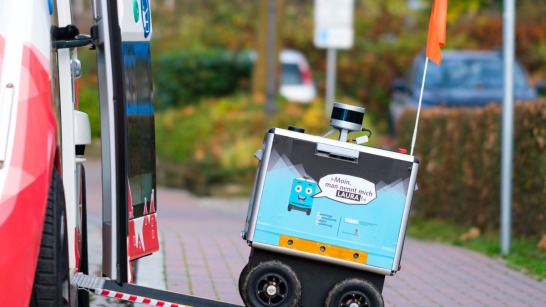It sounds logical— if something breaks in a highly complex, automated system, repairing it is much more difficult and time-consuming than in a manually operated warehouse, where one forklift truck can be quickly replaced by another. But are repairs to automated warehouses really as expensive and time-consuming as you sometimes hear? There is some truth in this prejudice, says our KION expert Gunter Van Deun.
“It is true that you need trained specialists to operate and maintain complex automation systems,” says Gunter Van Deun. It is often assumed that specialists are expensive and therefore the maintenance costs of automated systems skyrocket. In fact, however, repairs are only very rarely necessary at all, according to expert Van Deun: Digital monitoring of the systems allows for predictive maintenance, and parts are routinely replaced before a defect occurs, before they can even cause errors.
In addition, workflows in automated warehouses run extremely smoothly. Due to the permanent optimization of speeds, trucks accelerate and brake far less severely than in a manual warehouse. This is far gentler on the parts installed in the trucks and another reason why repairs are rarely necessary. Many corrections can also be made via software meaning the overall maintenance costs of an automated warehouse are cheaper than in a manual warehouse.
Many Fears are Unjustified, Many Prejudices Wrong
As our examples demonstrate, many of the common assumptions about the supposed disadvantages of automation are simply untrue. Next time, our two experts Gunter Van Deun and Frank Heptner will discuss five more frequently expressed prejudices. There is also the question, for example, of whether automation is really as expensive as is often assumed. And whether the size of a company might dictate if it is really worth thinking about automation in the warehouse.
_image_546x307.jpg)

